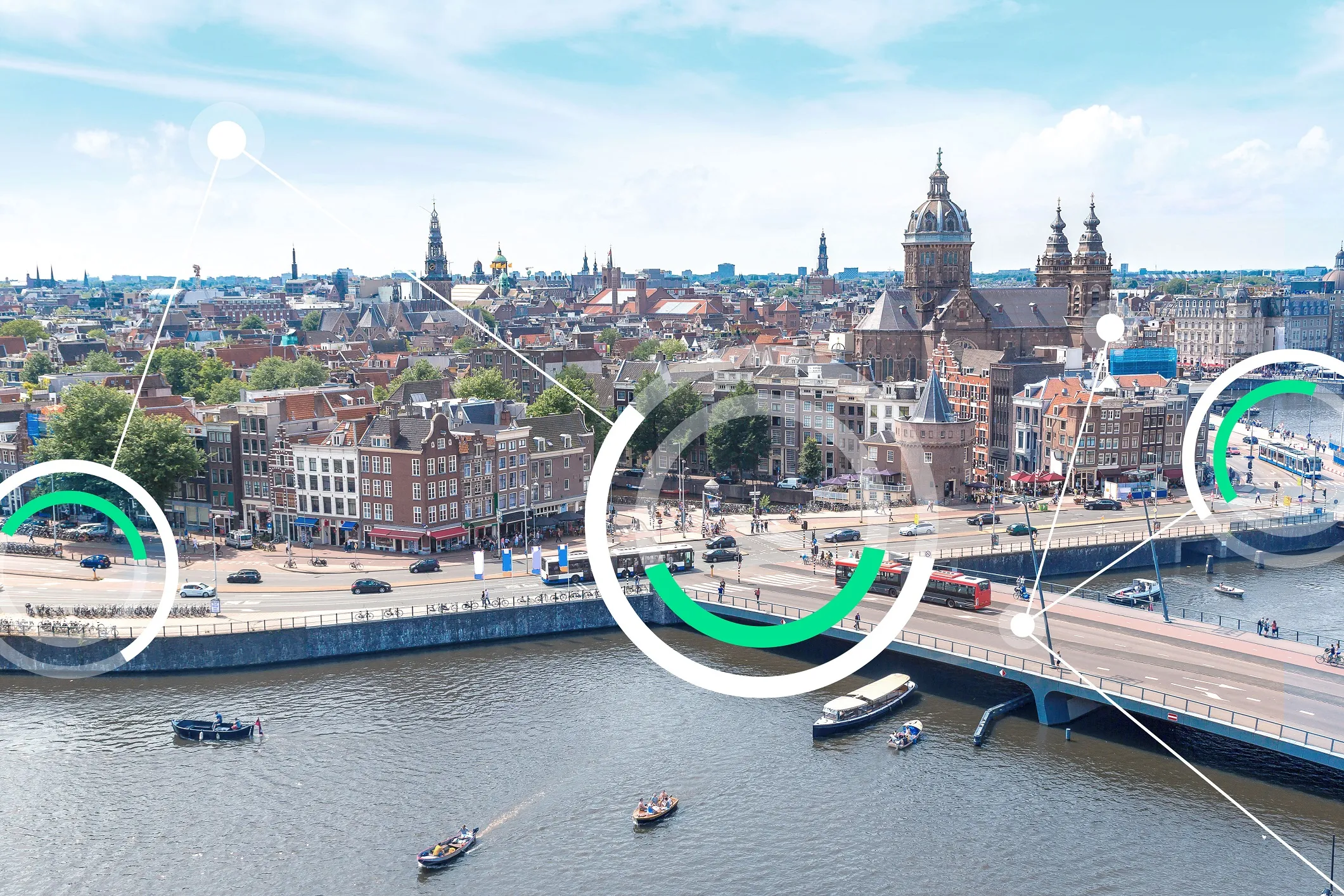
Nema, the National Electrical Manufacturers Association, has released a communication standard connected vehicle infrastructure and roadside equipment.
A vital component of the connected vehicle ecosystem is the ability for vehicles and infrastructure to communicate regardless of the type of device or underlying technology. Nema says that its Connected Vehicle Infrastructure – Roadside Equipment Standard (NEMA TS 40010-2024) will facilitate better communication among over-the-air wireless safety messages, applications and cybersecurity measures for connected vehicles and the larger transportation system.
Nema believes that the standard will provide better detection and warning systems for drivers when vulnerable road users such as pedestrians are present, reduce accidents and traffic congestion, and decrease carbon emissions.
One example of how connected vehicle technologies are improving roadway conditions can be found in Detroit. The Michigan state’s department of transportation is piloting sensors in vehicles that collect data about roads and ‘signal preemption’ that enhances communication between ambulances responding to emergencies and roadside controllers.
Nema’s Transportation Management Section developed its new standard as a resource for transportation infrastructure owners and operators who procure the equipment for secure communications among vehicles, infrastructure and personal devices.
Nema’s standard contains key guidance that enables agencies and other transportation infrastructure owner/operators to procure and deploy connected vehicle roadside units to. The goals are to reduce crashes and roadway fatalities as the highest priority, reduce traffic congestion, fuel consumption and emissions; and provide automated vehicles with situational awareness to supplement onboard sensors.
“As we electrify and connect the transportation sector, Nema’s standard will be a valuable tool to transportation leaders to inform their procurement decisions and improve communication on our roadways,” said Patrick Hughes, senior vice president for technical affairs at Nema.
“Transportation infrastructure is a long-term investment and today’s decisions will either accelerate or hit the brakes on the transition to an electric, connected transportation sector. Improving safety and reducing emissions is possible using today’s technology. But infrastructure owners and operators must make informed decisions grounded in industry standards like this one.”









